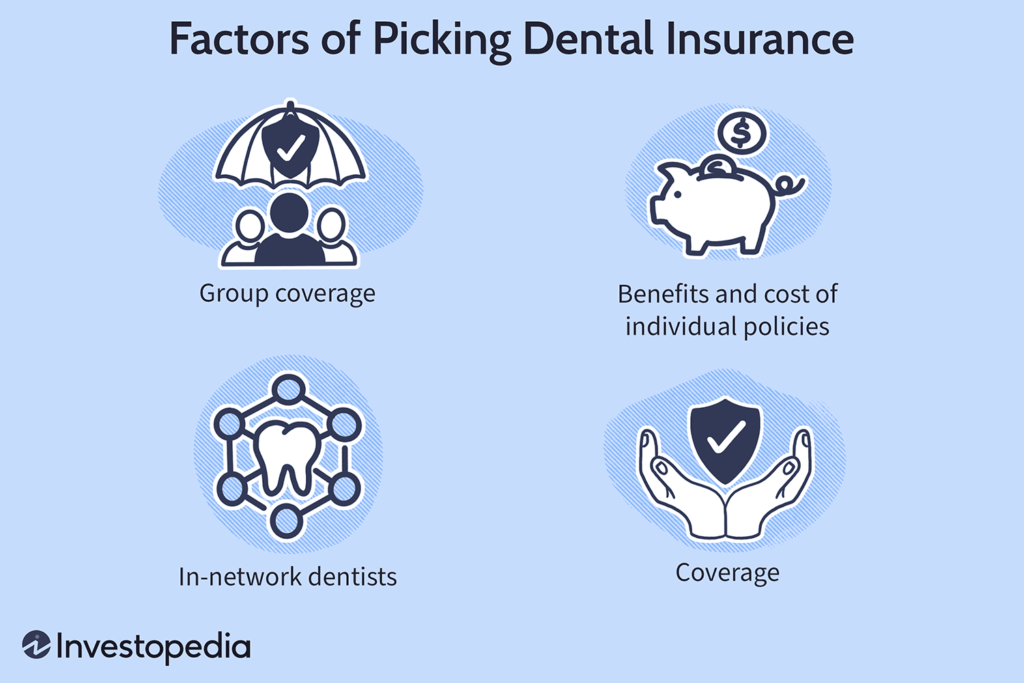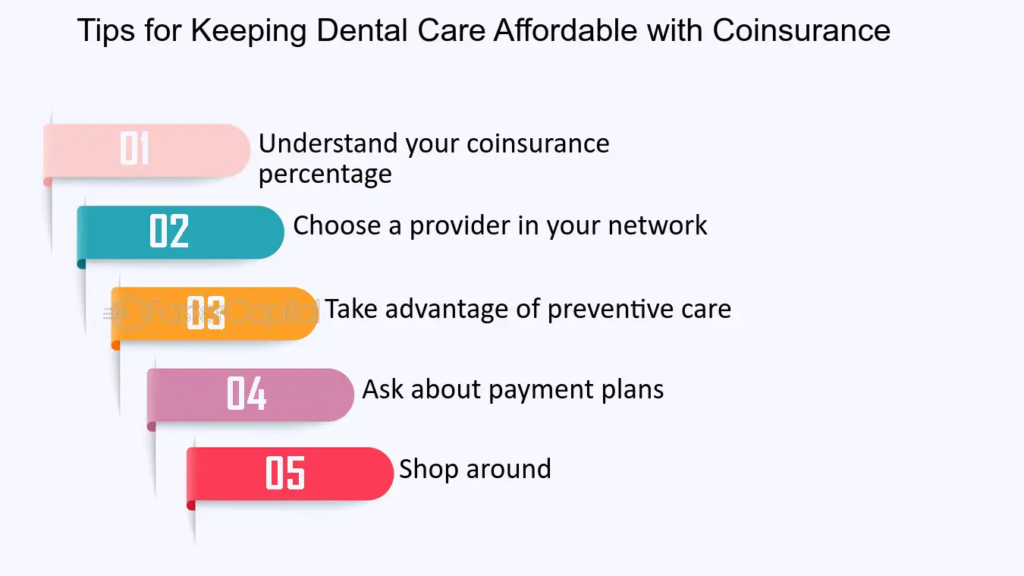Introduction:
Dental care is an essential aspect of maintaining overall health and well-being. However, the cost of dental treatments can often be a barrier for many individuals and families, leading to delayed or neglected dental care. Dental insurance plays a crucial role in making dental treatments more accessible and affordable. In this comprehensive guide, we will explore various options for dental insurance, strategies for finding affordable coverage, and tips for maximizing your dental insurance benefits.

Understanding Dental Insurance:
Dental insurance is a type of health insurance designed to help cover the costs associated with dental care. Unlike medical insurance, which typically covers a broad range of services, dental insurance focuses specifically on preventive, diagnostic, and restorative dental treatments. Dental insurance plans vary widely in terms of coverage, cost, and provider networks, making it essential to understand the key components of dental insurance before choosing a plan.
Types of Dental Insurance Plans:
- Traditional Dental Insurance: Traditional dental insurance plans operate similarly to medical insurance plans, where individuals pay a monthly premium in exchange for coverage. These plans often include deductibles, copayments, and coinsurance, which determine the out-of-pocket costs for dental treatments. Traditional dental insurance plans may have networks of preferred providers, and coverage levels can vary depending on whether the dentist is in-network or out-of-network.
- Dental Health Maintenance Organization (DHMO): DHMO plans are managed care plans that require members to choose a primary dentist from a network of providers. Members pay fixed monthly premiums and typically have low or no deductibles and copayments for preventive care. However, coverage for non-preventive treatments may be limited, and referrals may be required to see specialists.
- Preferred Provider Organization (PPO): PPO plans offer more flexibility in choosing dentists compared to DHMO plans. Members can visit any licensed dentist, but they can save money by choosing a dentist within the plan’s network. PPO plans typically have higher premiums and deductibles than DHMO plans but provide greater coverage for out-of-network care.
- Dental Discount Plans: Dental discount plans, also known as dental savings plans, are not insurance plans but membership-based programs that offer discounts on dental services. Members pay an annual fee to access discounted rates at participating dentists. While dental discount plans can provide significant savings on dental treatments, they do not involve insurance coverage or reimbursements.
Factors to Consider When Choosing Dental Insurance:

- Coverage and Benefits: Evaluate the coverage offered by different dental insurance plans, including preventive care, diagnostic services, restorative treatments, and orthodontic care. Pay attention to coverage limits, waiting periods, and exclusions for pre-existing conditions.
- Cost: Consider the monthly premiums, deductibles, copayments, and coinsurance associated with each dental insurance plan. Compare the total cost of coverage over a year, including out-of-pocket expenses for dental treatments.
- Provider Networks: Determine whether the dental insurance plan has a network of preferred providers and whether your current dentist is included in the network. In-network providers typically offer lower costs for covered services, while out-of-network providers may result in higher out-of-pocket expenses.
- Flexibility and Accessibility: Assess the flexibility of the dental insurance plan in terms of choosing dentists, scheduling appointments, and accessing emergency dental care. Consider whether the plan covers out-of-network care and whether you have the freedom to see specialists without referrals.
Strategies for Finding Affordable Dental Insurance:
- Employer-Sponsored Plans: Many employers offer dental insurance as part of their employee benefits package. Check with your employer to see if dental coverage is available and whether you can enroll during open enrollment periods or qualifying life events.
- Individual and Family Plans: If you do not have access to employer-sponsored dental insurance, explore individual and family plans offered by private insurers or through health insurance marketplaces. Compare multiple quotes to find affordable coverage that meets your needs.
- Government Programs: Some government programs, such as Medicaid and the Children’s Health Insurance Program (CHIP), provide dental coverage for eligible individuals and families with low incomes. Determine your eligibility for these programs and apply for coverage if eligible.
- Group Memberships and Associations: Certain organizations, clubs, or professional associations may offer group dental insurance plans to their members at discounted rates. Investigate whether you qualify for group membership and whether dental insurance is included as a membership benefit.
- Dental Savings Plans: Consider enrolling in a dental discount plan if traditional insurance coverage is not feasible or cost-effective. Dental savings plans offer discounted rates on dental services and may have lower membership fees compared to insurance premiums.
Tips for Maximizing Dental Insurance Benefits:

- Schedule Regular Preventive Care Visits: Take advantage of preventive services covered by your dental insurance plan, such as routine cleanings, exams, and X-rays. Regular preventive care can help maintain oral health and prevent costly dental problems in the future.
- Understand Your Coverage: Familiarize yourself with the details of your dental insurance plan, including coverage limits, waiting periods, and exclusions. Be aware of any requirements for preauthorization or referrals for specialized treatments.
- Choose In-Network Providers: Whenever possible, choose dentists and specialists who are in-network with your dental insurance plan. In-network providers have negotiated rates with the insurance company, resulting in lower out-of-pocket costs for covered services.
- Plan for Major Treatments: If you anticipate needing major dental treatments such as crowns, bridges, or implants, discuss your treatment plan with your dentist and insurance provider in advance. Understand how much your insurance will cover and budget for any out-of-pocket expenses.
- Review Your Coverage Annually: Review your dental insurance coverage annually during open enrollment periods or when your policy renews. Assess any changes in premiums, coverage, or provider networks and make adjustments to your coverage as needed.
Conclusion:
Dental insurance plays a crucial role in making dental care more accessible and affordable for individuals and families. By understanding the different types of dental insurance plans, comparing coverage options, and maximizing insurance benefits, you can effectively manage your oral health while minimizing out-of-pocket expenses. Whether through employer-sponsored plans, individual policies, government programs, or dental savings plans, there are various options available to ensure access to quality dental care without breaking the bank.
Through careful consideration of coverage needs, cost factors, and provider networks, individuals can select dental insurance plans that align with their budget and oral health requirements. Additionally, proactive measures such as scheduling regular preventive care visits, choosing in-network providers, and planning for major treatments can help optimize dental insurance benefits and promote long-term oral health and well-being. By exploring affordable dental insurance options and implementing strategies to maximize coverage, individuals can enjoy the benefits of comprehensive dental care without financial strain.



